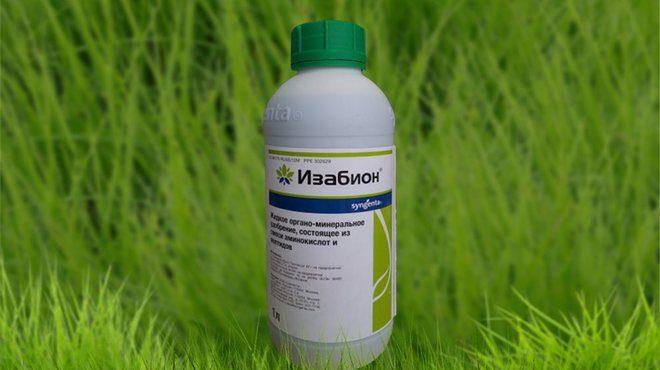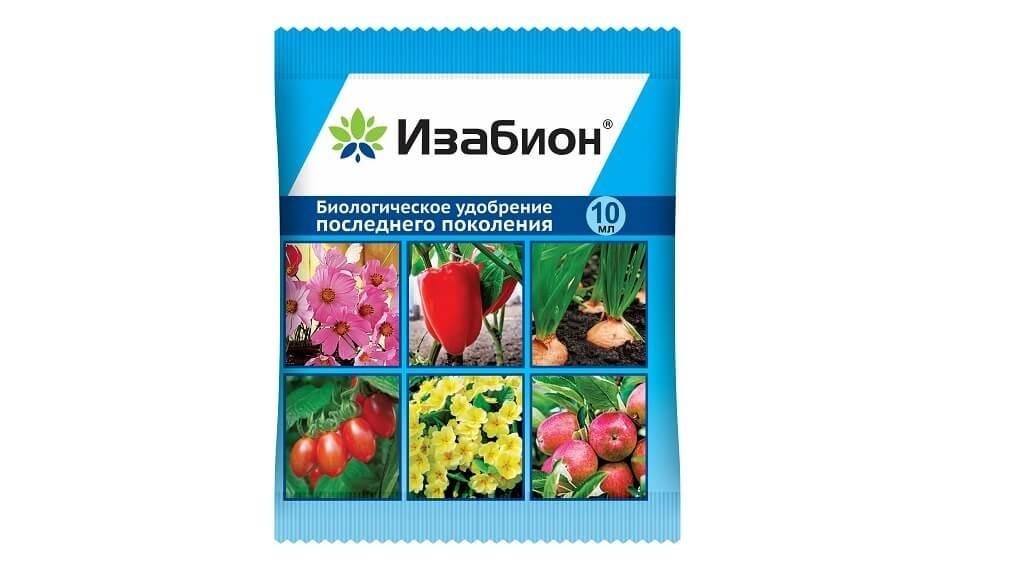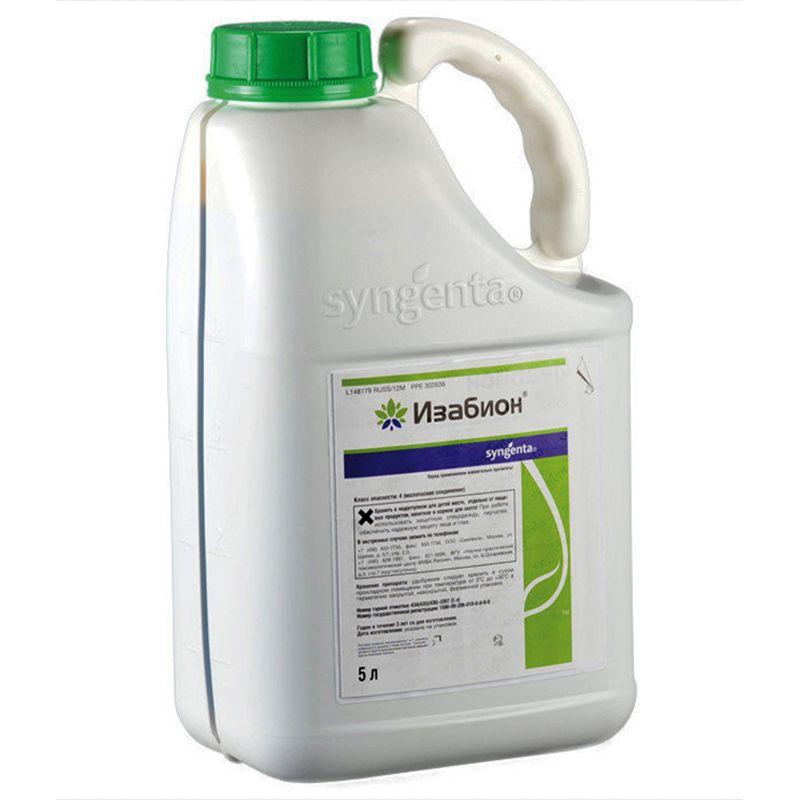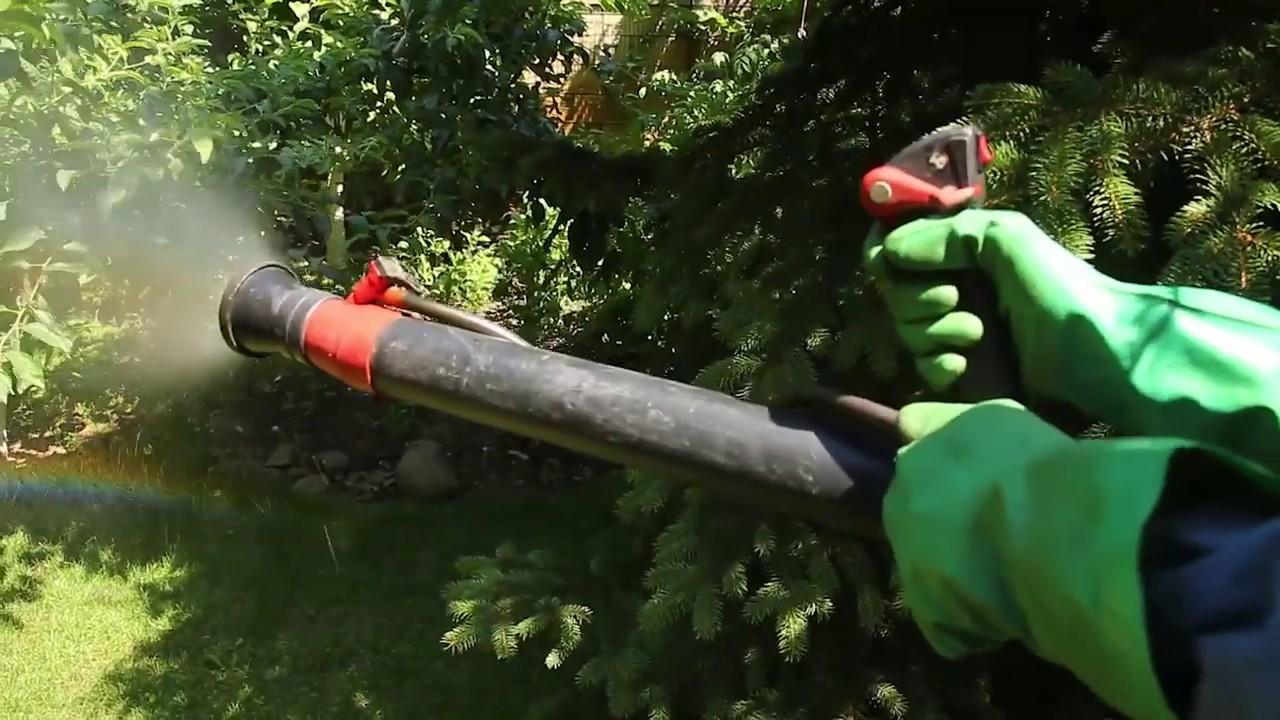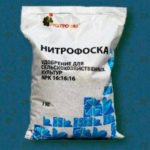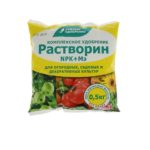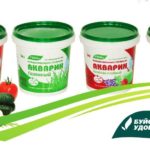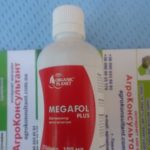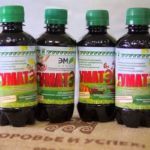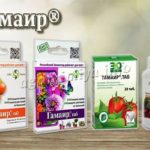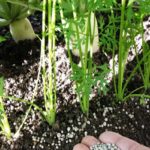Organic and mineral fertilizing is a guarantee of high productivity and decorative appearance of crops. Gardeners most often use complex preparations with a balanced composition of nutritional components necessary for plants. The instructions for use for the Isabion fertilizer indicate that this is a new generation drug that allows you to saturate crops with important elements, and is used for both root and foliar feeding.
- Composition and release form of the drug "Isabion"
- In what cases is it used?
- Principle of operation
- Instructions for use
- Potato
- White cabbage
- Tomatoes, peppers, eggplants
- Foliar
- Watering at the root
- Pumpkin
- Roots
- Onion for turnip and garlic for head
- Fruits and berries
- Grape
- Home, greenhouse and open ground flowers
- Security measures
- Compatibility with other substances
- Terms and conditions of fertilizer storage
- Are there any analogues?
Composition and release form of the drug "Isabion"
Organic fertilizer with the addition of minerals and vitamins recently appeared on the market for preparations for cultivated and ornamental plants, but has already earned positive reviews from summer residents and flower growers. It contains all the substances necessary for the development of crops in a balanced concentration - these are peptides, amino acids, vitamins and microelements.
The fertilizer consists of 62% organic matter; in addition, it contains:
- free amino acids - 10%;
- ash - 4%;
- nitrogen - 11%;
- sodium - 1.6%;
- organic carbon - 30%;
- sulfates - 1%;
- chlorides - 2%;
- calcium - 0.5%;
The fertilizer is supplied to retail outlets in liquid form, packaged in plastic canisters with a volume of 1 and 5 liters. The first option is convenient for owners of small plots.
In what cases is it used?
Organic-based fertilizer is intended for feeding fruit, vegetable, berry and ornamental plants. As a result of using a natural product, it is possible to achieve high yields and more ovaries on plants. In addition, thanks to fertilizer, the taste of vegetables and fruits increases and their size increases.
Crops treated with Isabion have increased resistance to the vagaries of weather throughout the growing season, are less likely to be affected by fungal diseases and are not susceptible to winter frosts (this applies to perennial plants). The drug can be used both for plants planted in open ground and in a greenhouse.Fertilizer is applied by foliar and root methods, depending on the goal pursued by the gardener and the variety of plant.
Principle of operation
The amino acids and beneficial substances that make up the fertilizer are in the preparation in an easily digestible form, so immediately after processing they instantly penetrate into all tissues of the crop and begin their effect aimed at accelerating the growth and development of plants. Owners of small plots and farmers who have tested the effectiveness of fertilizer on their plants have highlighted the following positive aspects of fertilizing:
- after treatment, the number of ovaries on fruit crops almost doubles compared to untreated plants;
- fruits and berries acquire a uniform, intense color, their size increases;
- after planting in open ground or greenhouses, seedlings and tree seedlings quickly adapt to a new place and do not get sick;
- the amount of sugar in berries and fruits increases even when grown in the shade, which leads to an increase in their taste;
- perennial trees and shrubs begin to intensively grow bark, which prevents them from freezing during the cold winter period;
- thanks to fertilizing, the percentage of ovary shedding is reduced to zero;
- after applying the fertilizer, the quality of the soil in the garden improves and harmful microorganisms living in the soil are destroyed;
- the immunity of cultivated plants increases, and they tolerate unfavorable weather conditions much more easily, this applies to both lower temperatures and drought, as well as insect pests;
- It is allowed to use the drug both by root and foliar methods, however, if it is necessary to increase the effectiveness of the fertilizer, preference is given to the second method.
Instructions for use
The organic fertilizer is accompanied by instructions for use from the manufacturer, which describe in detail the application rates of the drug, the frequency of treatments and the rules of use for each crop. To achieve the desired effect, you must follow the recommendations.
Potato
After using the drug, it is possible to increase productivity and achieve uniform formation of potato tubers. To prepare the working fluid, prepare soft water (10 liters) and dissolve 30 to 60 ml of fertilizer in it.
As soon as potato seedlings emerge from the ground and reach a height of 15 cm, the first treatment is carried out using the foliar method.
The fertilizer is used a second time when the buds begin to set, and the potatoes are fertilized for the last time 2 weeks after the second treatment. For 10 sq. meters of garden you will need 1-2 liters of working fluid.
White cabbage
Thanks to the use of the drug, the rooting of seedlings improves and immunity to diseases characteristic of the crop increases. When preparing the working solution, adhere to the same dosage as for potatoes (from 30 to 60 ml of fertilizer per 10 liters of water). The first foliar treatment is carried out immediately after planting the seedlings in open ground or in a greenhouse. Afterwards, 2 more sprayings are carried out, maintaining an interval of 20 days between them.
Tomatoes, peppers, eggplants
The product improves the survival rate of seedlings and increases the number of ovaries on one bush. Apply from 30 to 60 ml of fertilizer per 10-liter bucket of water, depending on the condition of the soil and the crop itself. The first time feeding is used after transferring the seedlings to the beds, then the bushes are fed at intervals of 1-2 weeks.
Foliar
This method of applying fertilizer is more effective, since the beneficial components instantly penetrate into the crop tissue, which allows you to quickly achieve the desired result. As a rule, it is recommended to use Isabion using this method for all vegetable plants. The dosage of the drug depends on the planted crop and usually ranges from 30 to 60 ml of product per 10 liters of water.
Watering at the root
This method is used for ornamental plants and indoor flowers. Through the root, nutritional components spread more slowly throughout all tissues of the crop, so the method is rarely used for fruit crops. In addition, the consumption of the drug is much higher - from 60 to 200 ml per 10-liter bucket of water.
Pumpkin
For cucumbers, zucchini, squash and pumpkin, the consumption rates are as follows - pour 30 to 60 ml of liquid fertilizer into 10 liters of settled water and mix thoroughly. It is recommended to do the first treatment a week after germination of seeds or transplanting seedlings into open ground.
Roots
Crops such as beets and carrots are sprayed up to 4 times per season. The first time the procedure is carried out when 3-4 true leaves are formed on the plants. In the future, an interval between sprayings is made at 3 weeks. The working solution is prepared at the rate of 90-120 ml of the drug per 10 liters of water. For 10 square meters of garden, use from 1 to one and a half liters of prepared liquid.
Onion for turnip and garlic for head
To nourish garlic and onions and form strong, healthy heads, take from 30 to 60 ml of the drug per 10-liter bucket of water.The first time fertilizing is applied when 5-6 true leaves appear on the crop. Subsequently, 2 more treatments are carried out, maintaining an interval of 2 weeks between them.
Fruits and berries
To feed trees and shrubs, use from 60 to 120 ml of the drug per 10-liter container of water. The first application of the drug is carried out immediately before the buds open, the second - after flowering. Next, two more feedings are done with an interval of 3 weeks. For one bush you will need 2 liters of solution, for a tree - up to 10 liters (depending on the age and height of the plant).
Grape
For grapevines, the same dosage is recommended as for other berry crops. They feed the culture three times - before flowering, at the beginning of the formation of ovaries; The last treatment is carried out if the formed berries begin to lose color.
Home, greenhouse and open ground flowers
For the root method, use 75 ml of the substance per 10 liters of water. This amount of working fluid is enough to treat 20 square meters of flower bed. The drug is applied up to 5 times a season with an interval of 2 weeks.
Security measures
The fertilizer belongs to toxicity class 4, so there is no need to use a respirator when interacting with it. It is enough to wear clothes that cover the body and gloves.
Compatibility with other substances
The only thing it is not recommended to use fertilizer with is mineral oils and copper-based preparations. It can be used together with other fertilizers and plant protection products after testing.
Terms and conditions of fertilizer storage
Store "Isabion" in a room where the sun's rays do not penetrate, at a temperature of 0 to 30 degrees Celsius. The shelf life of the fertilizer is 3 years.
Are there any analogues?
The drug does not have a complete analogue in composition.

